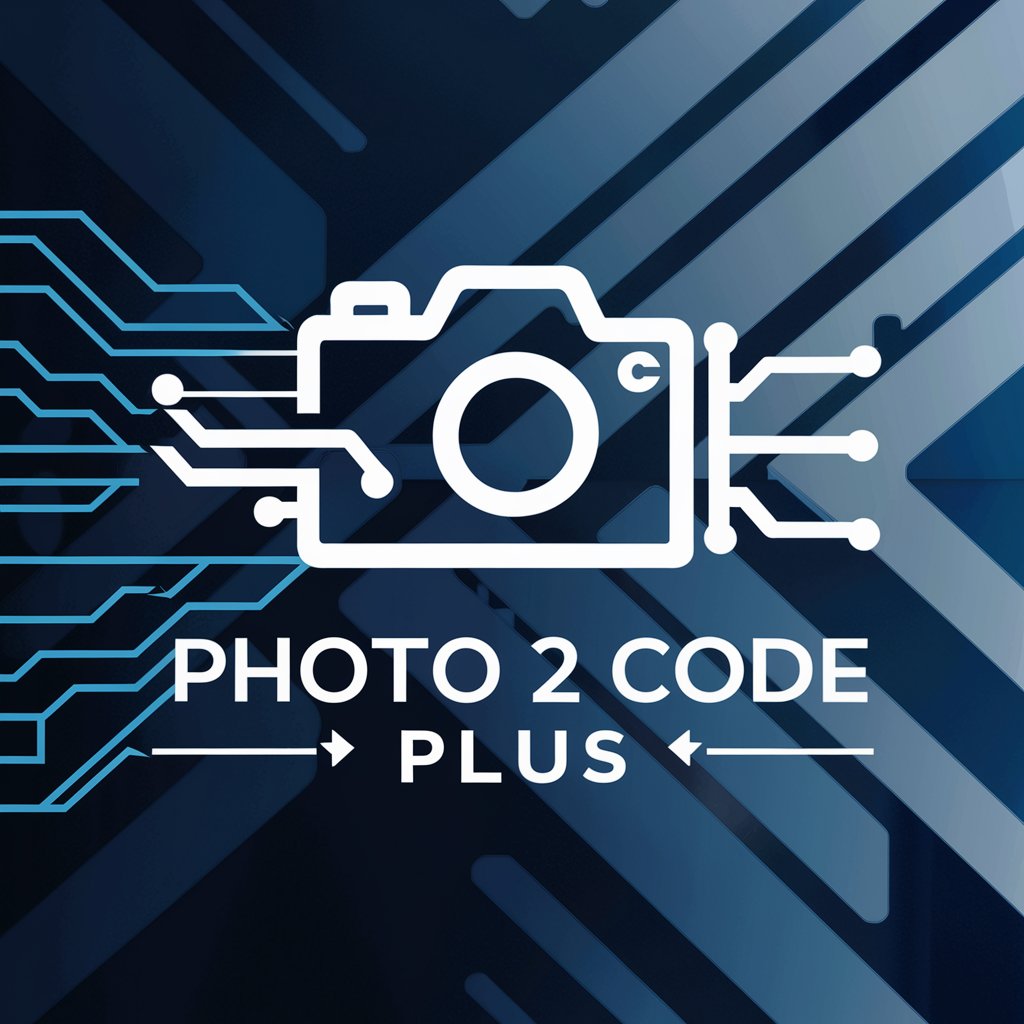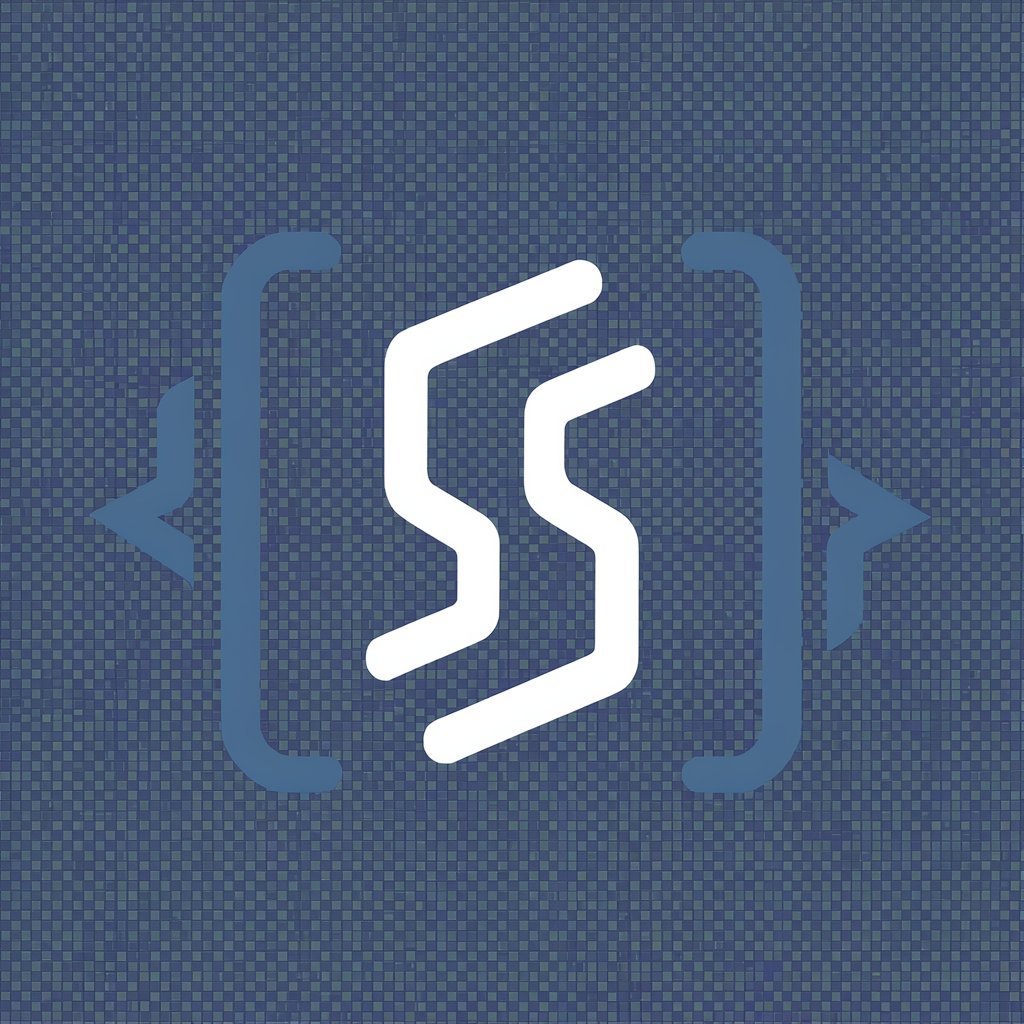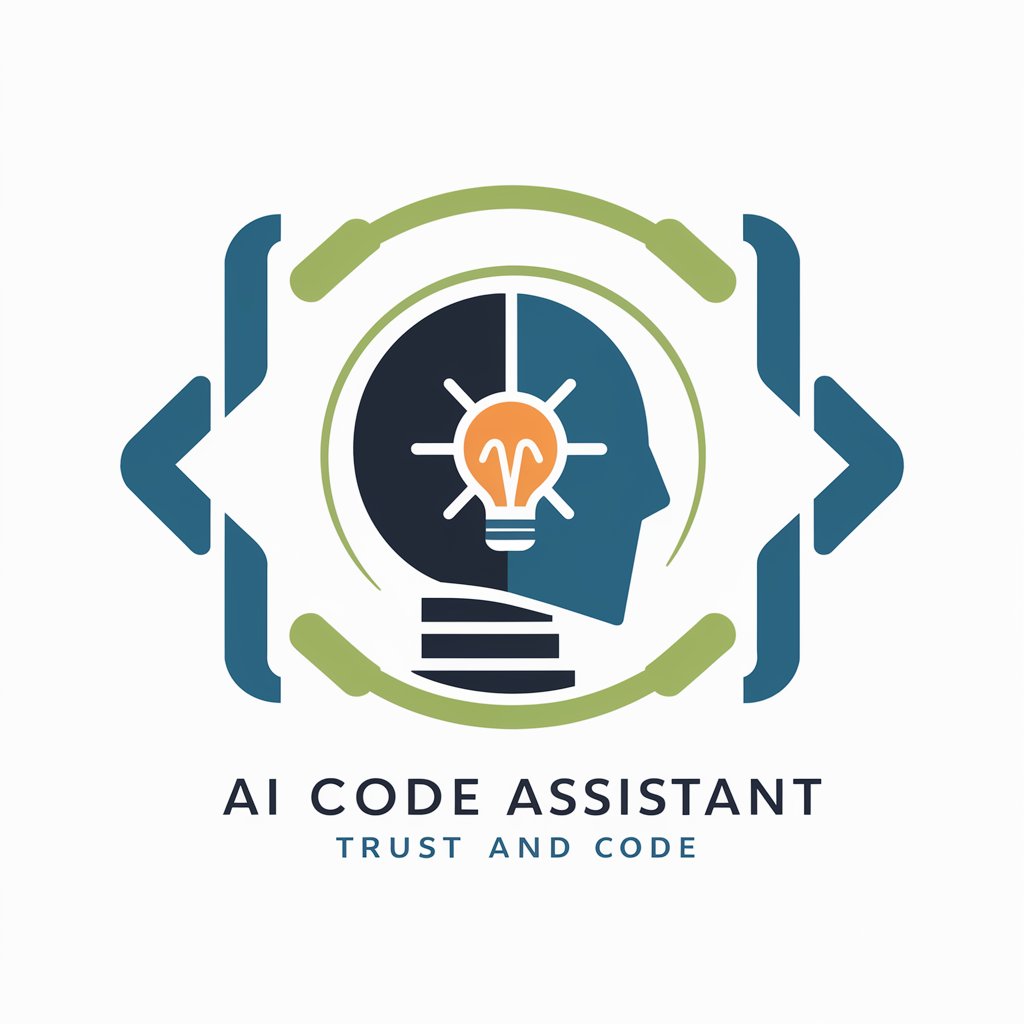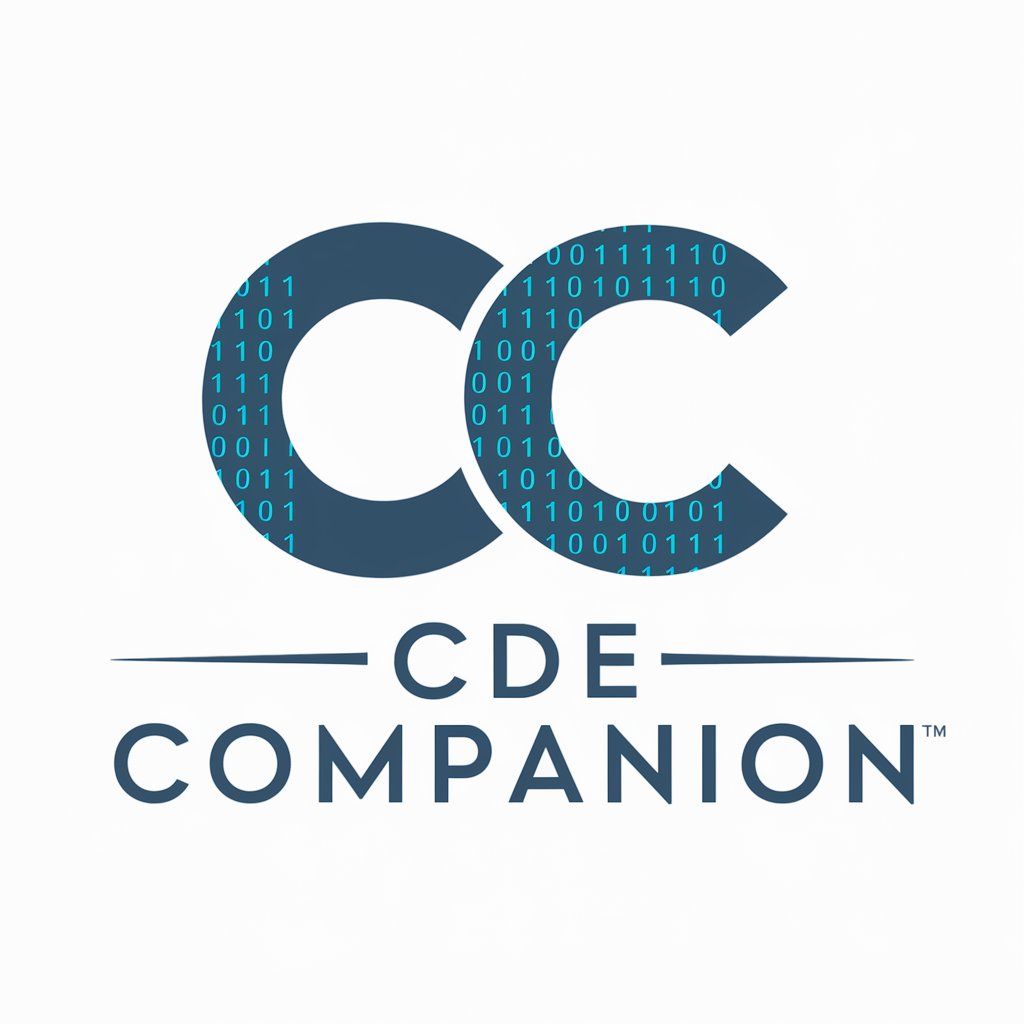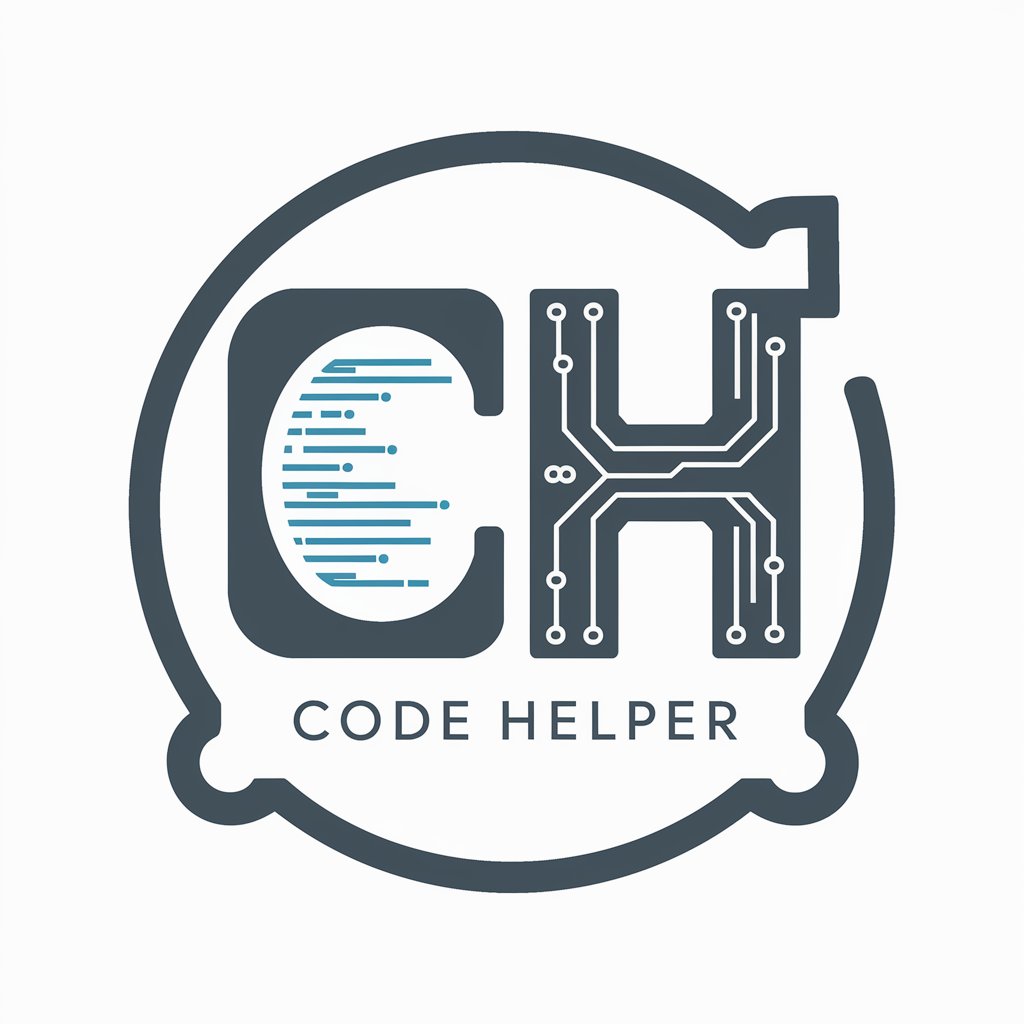
کامنت کد - AI-Powered Code Commentary

سلام! آمادهام تا کد شما را توضیح دهم. 😊
Illuminate Your Code with AI Insights
Explain the functionality of the following code snippet in Persian:
Add detailed Persian comments to this Python code:
Provide a Persian explanation for this JavaScript function:
Annotate this HTML code with Persian comments for better understanding:
Get Embed Code
Introduction to کامنت کد (Code Commenting)
کامنت کد, or Code Commenting, is a fundamental aspect of software development that involves adding explanatory notes or annotations within the source code of a program. These comments are not executed as part of the program; instead, they serve to provide context or explanations about what a particular section of code is doing, why certain decisions were made, or to offer instructions for future maintenance. The purpose of کامنت کد is to make the code more understandable to humans, facilitating easier maintenance, updates, and collaboration among developers. For example, in a complex algorithm, comments might be used to explain the logic behind each step, or in a collaborative project, they might indicate areas that need further work or testing. Powered by ChatGPT-4o。

Main Functions of کامنت کد
Explanation of Logic
Example
Adding comments to clarify why a specific sorting algorithm was chosen based on its efficiency for the given data set.
Scenario
In a software project that processes large datasets, developers might use comments to explain the choice of a sorting algorithm that optimizes performance, making it easier for future developers to understand the decision-making process.
Documentation for Maintenance
Example
Commenting on blocks of code to describe their functionality and potential impact on other parts of the system.
Scenario
During the maintenance phase of a web application, comments can help new developers understand how and why certain features were implemented, facilitating quicker debugging and feature enhancement.
Guidance for Future Development
Example
Outlining planned enhancements or areas for refactoring within comments to guide subsequent development efforts.
Scenario
In an open-source project, comments might include TODOs or FIXMEs, indicating areas that require additional work or improvements, thus helping guide contributors towards the project's priorities.
Ideal Users of کامنت کد Services
Software Developers
Professionals involved in writing, testing, and maintaining software can benefit significantly from well-commented code. It aids in understanding complex logic, collaborating with team members, and simplifying the onboarding process for new developers.
Educators and Students
In educational settings, comments can serve as an invaluable teaching tool, offering students insights into programming practices, logic reasoning, and software design principles. Educators can use comments to explain code to students in a more digestible manner.
Open Source Contributors
Individuals contributing to open source projects can leverage comments to better navigate unfamiliar codebases, understand project standards, and communicate their thoughts or suggestions for improvements within the code.

How to Use Comment Code
1
Begin by visiting yeschat.ai to explore the tool with a free trial, no sign-up or ChatGPT Plus subscription required.
2
Choose the programming language of your code snippet to ensure that comments are contextually accurate and syntactically correct.
3
Paste your code into the designated input area. For larger codebases, consider breaking down your code into smaller, manageable sections for more focused comments.
4
Specify any particular areas of your code that you want to understand better or require detailed explanations for, to tailor the comments to your needs.
5
Review the generated comments for clarity and accuracy. Use the feedback feature to improve future comment quality, tailoring the tool to your specific learning style or documentation requirements.
Try other advanced and practical GPTs
Ivermectin Explainer
Deciphering Ivermectin with AI
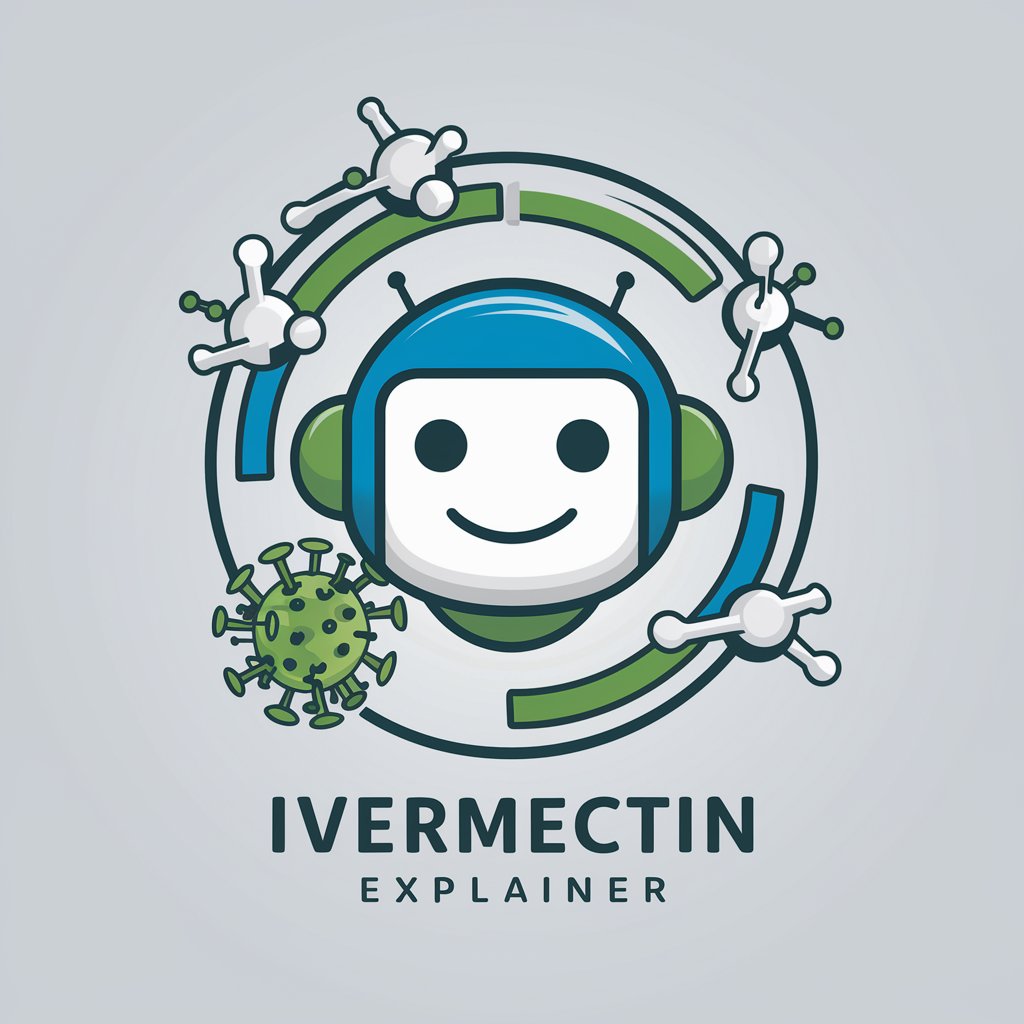
ポスターくん
Turn Mistakes into Memorable Posters

Midjourney Analyst
Transforming Visions into Artistic Journeys
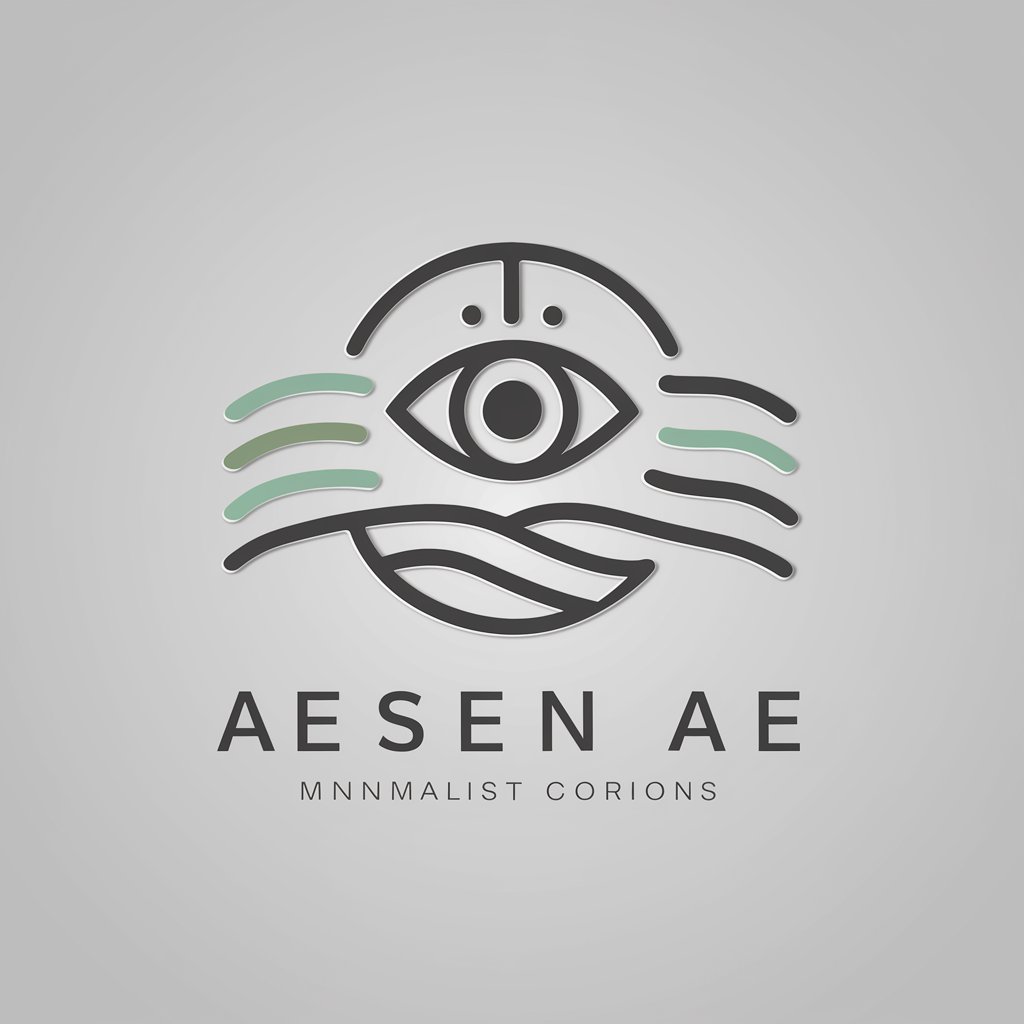
English Companion
Converse with AI, powered by your favorite scripts.

Satoshi Nakamoto
Empowering Bitcoin Education with AI

としお
Converse, Influence, Transform

Health Future
Revolutionizing Healthcare with AI Insight

Game Animation Creator
Animate Your Game, Power Your Imagination

MTP Genie
Envisioning Futures with AI
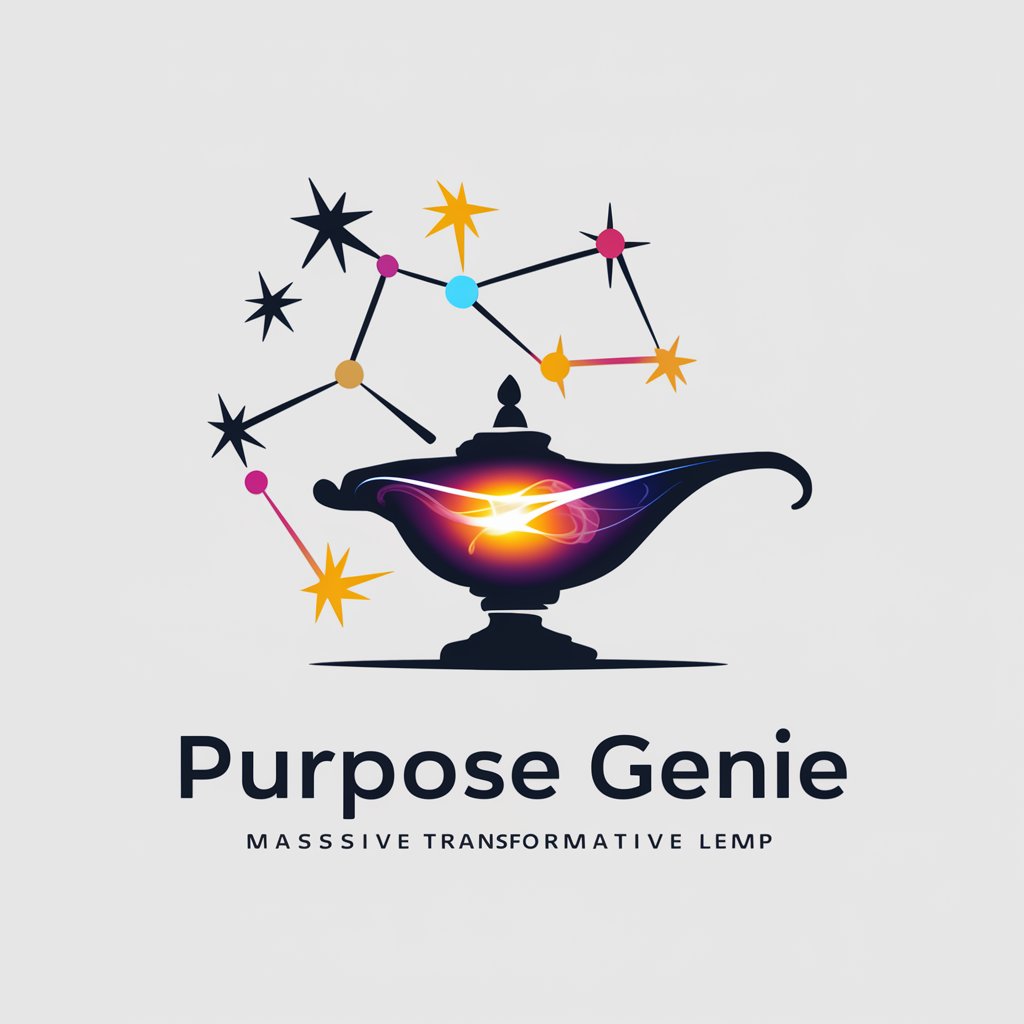
MS P Point プレゼンテーションアシスタント
Revolutionizing Presentations with AI

記事作成エージェント
AI-powered tool for smarter writing

Agile Pro
Empowering Agile Teams with AI
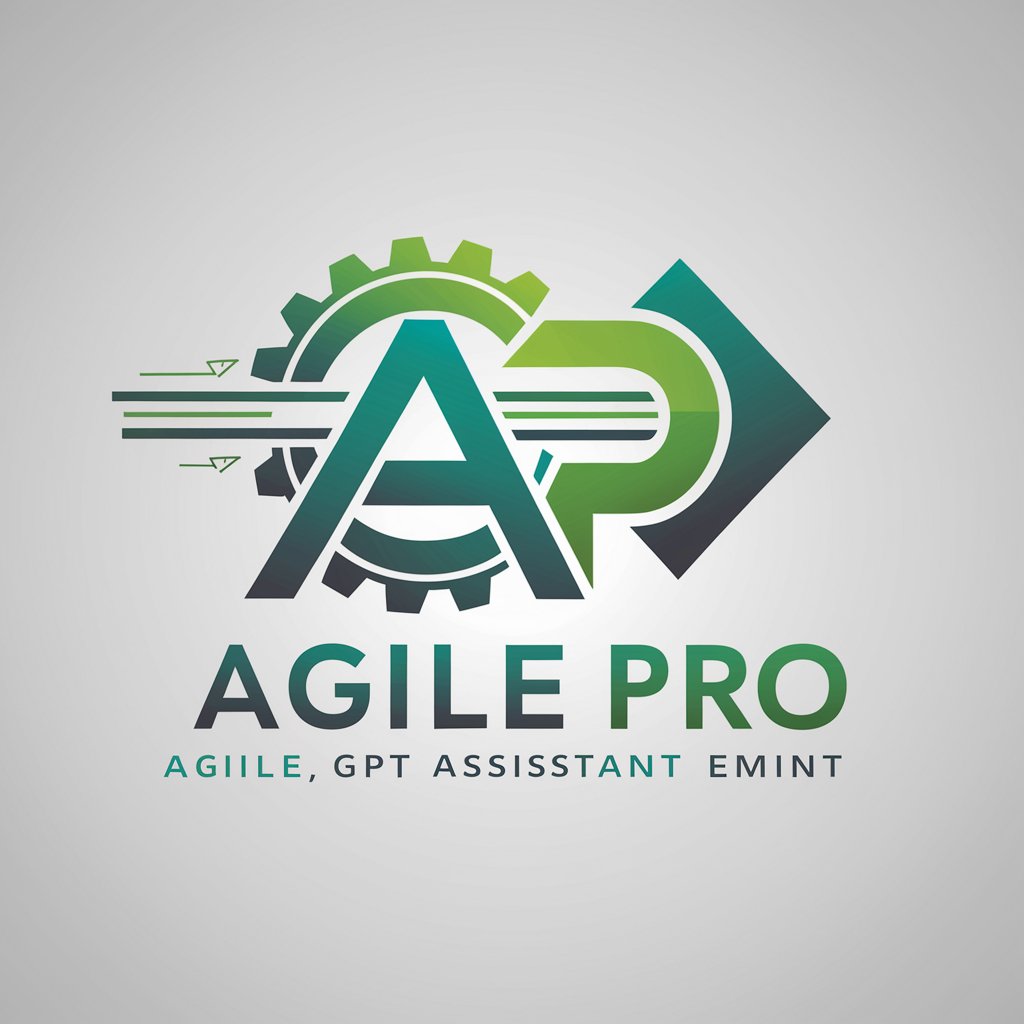
Comment Code Q&A
What is 'Comment Code' and how does it work?
'Comment Code' is an AI-powered tool designed to add explanatory comments to programming code. It analyzes code syntax and structure to provide clear, context-relevant comments that help users understand code functionality.
Can 'Comment Code' handle multiple programming languages?
Yes, 'Comment Code' is equipped to understand and comment on a variety of programming languages, each with its own syntax and conventions, ensuring broad applicability for developers.
Is 'Comment Code' suitable for beginners?
Absolutely. 'Comment Code' is an excellent resource for beginners, making complex code more accessible through detailed comments and explanations, thus enhancing the learning process.
How can 'Comment Code' assist in code documentation?
By automatically generating comments, 'Comment Code' can significantly streamline the documentation process, ensuring that codebases are more understandable and maintainable.
Can I customize the comments generated by 'Comment Code'?
While the initial comments are generated based on AI analysis, users can often provide input or feedback to tailor the comments to specific requirements or preferences, enhancing personalization and relevance.
